Manuel Emch, Board Member at Louis Erard, on the Impressive Evolution of the Brand
Talking about the turnaround of Louis Erard and other watch industry projects.
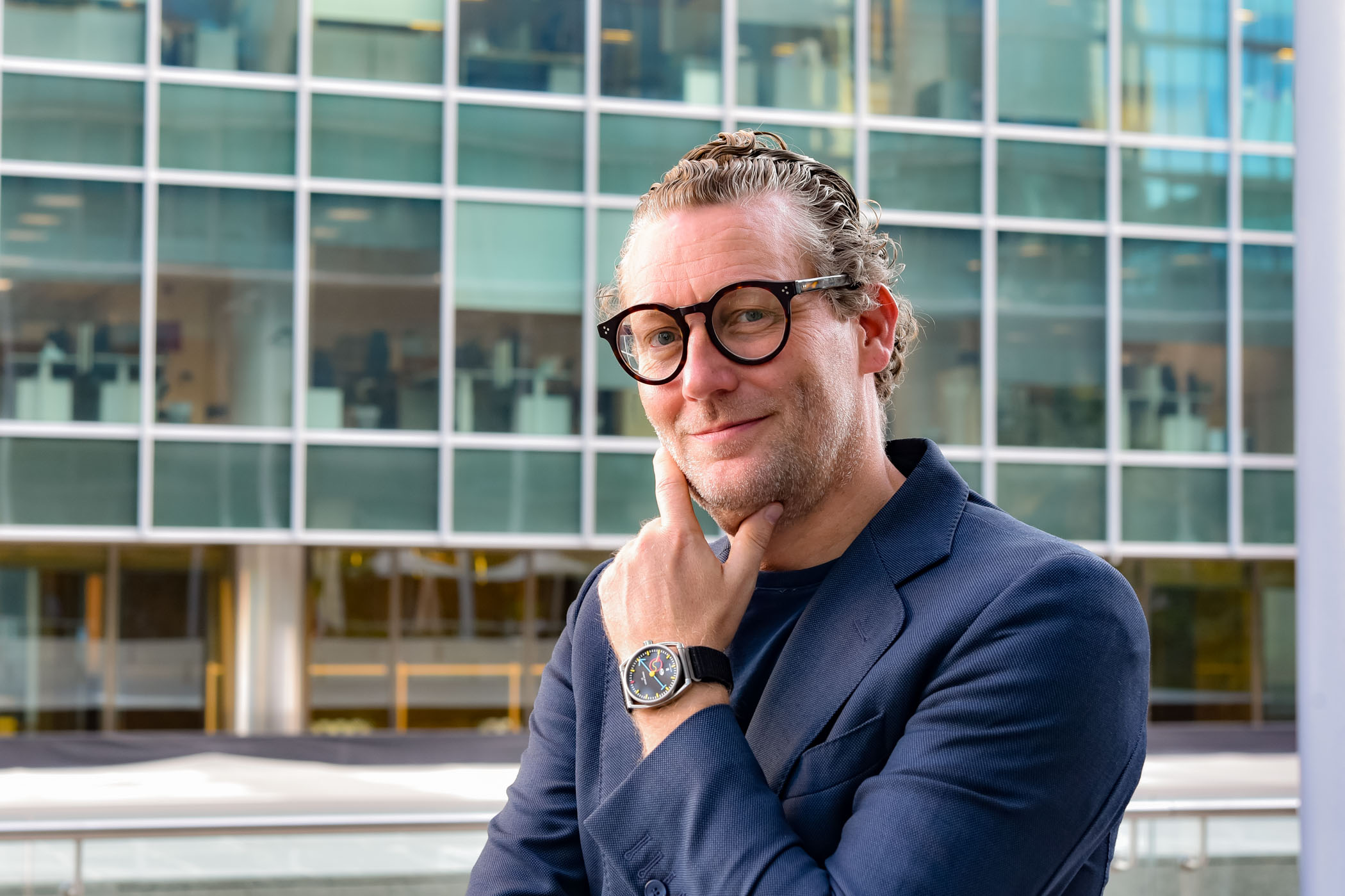
If you have been following the watch industry for a few years, you have probably heard about Manuel Emch. Having taken the helm of Jaquet Droz in 2001, Emch oversaw the brand’s growth for eight years before becoming the CEO of RJ Watches (Romain Jérôme). In 2017, Emch set up Le Büro, a business consultancy, working among other mandates with Louis Erard and Raketa. Last week’s Dubai Watch Week 2021 was a perfect moment to catch up with him and learn more about his involvement with Louis Erard and other projects in the pipeline.
Xavier Markl, MONOCHROME – Manuel, can you tell us about the path your career has taken?
Manuel Emch, watch industry consultant, shareholder and delegate board member at Louis Erard – I started in the industry very young, and I believe I was the youngest CEO of a Swatch Group brand when I took over Jaquet Droz. It was a small operation by then, but we grew quite a substantial brand and business. I like to develop concepts and ideas. I am more into the creative process than in the politics of a brand, which is why I left JD after a few years and went to RJ. It was slightly similar, although with a different mindset; much less classical and traditional, but very daring, innovative and creative. I liked it as long I could do what I am best at – coming up with concepts and ideas. Although the investor’s strategy was to push production, I wanted to work on the desirability and exclusivity of the brand. When I left the brand, the company was doing very well.
I did not want to be the CEO of another company, at least for a certain number of years, so I started my own consultancy company that is basically a one-man show.
Among the different projects I have been involved in is Louis Erard. They asked me to assess the company that had been going through difficult times, and I proposed a strategy. They asked me to implement this strategy, but I made it clear that I did not want to be the CEO of the brand, and I joined the board. We have a small professional and dedicated team that helped me implement this strategy, and this has been an extremely successful endeavour.
I also joined the board of Raketa, the oldest Russian watch company producing movements in-house. Additionally, I work with several suppliers, from very high-end to more entry-level. I try to keep myself free and do what I am best at, creating ideas and concepts and using my network, experience, and expertise to help companies grow and build brand equity.
What have been your priorities at Louis Erard?
The first thing I implemented was a flattening of the hierarchy. Everybody is responsible, and we work well together. We set clear targets; people are empowered, know what they have to do and can challenge one another. It creates a constructive, positive work environment. Some people want to be more independent. Of course, there are rules and objectives. And it works. I know that the more freedom I have, the more efficient I am. I don’t have a relaxed life, I work 365 days a year, but I have never been as efficient as I am today. The new strategy has been very successful, and the team is happy and proud about this.
Can you share your product strategy, including the collaborations that have been a game-changer for the company?
We turned around the company in a spectacular way. We now have watches that sometimes sell for twice or thrice their retail value. Louis Erard has become one of the coolest, if not the coolest brand in this price category. The brand was quite generic, trying to compete with prices, which is impossible for an independent watch company. The question was how to make the brand attractive.
Watchmaking is about product, product, product and… the client. We are in a creative business. This is something the industry tends to forget. The idea was to place the product in the centre. We streamlined the collection from 300 references to 15. Sure, we closed 60% of our doors to focus on A retailers and partners that work as ambassadors for independent brands; we need people that can be touchpoints, not just sale points. It is a collector’s environment. We also started to sell online. Today, we sell 50% online and 50% with our partner retailers.
Getting back to products, we figured out that we needed to animate the collection to create desirability. We started with our classical line; the sports line will come later. The idea was to be the best value proposition in the market. We want to offer what high-end watchmaking can provide at the most affordable price. We worked on Métiers d’Art, Grand Feu enamel, guilloché, stone dials – and there is more to come. Sooner or later, we’ll start on the movement. There is no price bracket. What is important is this idea of ‘value proposition’.
We also developed collaborations to create visibility and desirability. To give credibility to these collabs, we started with watchmakers with “signature designs”. First was the project with my friends Alain Silberstein and Vianney Halter. Then we worked with architects and designers like Atelier Oi. And then with the “watchmaking ecosystem”, people who belong to the industry and have something to say, for instance, Seconde-Seconde and artists.
On the sports side, we’ll work more with partnerships. We started with Leeds United and have a few more projects in the pipeline.
Since we are here at Dubai Watch Week, we hear that you are also involved in the organisation of industry fairs.
Well, these are very important moments where we gather, meet people and exchange ideas with clients. Fairs are fundamental because they provide a nurturing environment. We are in a creative industry; it’s not just numbers, it is about emotions, and these emotions can be captured on these occasions. Fairs need to be organised in a qualitative environment and be well-curated, which is certainly the case here in Dubai; it is one of the best fairs, definitely a major global watch event.
It is important to have industry events in Switzerland; Geneva Watch Days is a good example, with a casual but high-quality format. I’ve always thought that we need something global for the industry in a shared time and space. Baselworld was destined to disappear, despite all the efforts. And there was nothing besides Watches & Wonders. Two gentlemen wanted to create something and asked me to help them with Time to Watches. We managed to convince HEAD to rent us a space. From day one, we played full transparency with the FHH and Rolex. It was essential to me to curate the brands that would be part of it. It is all about independents, the creative watch industry. Today, I think we have an interesting alternative to the brands now in Palexpo and Watches & Wonders. It seems we won’t have difficulties filling the space at HEAD. We’ll have between 35 and 50 brands, focusing on independents and creative watchmaking. We are also thinking of creating an incubator for people launching their brands. The idea is not to sell space but to create a platform that offers a high-quality environment, something realistically affordable, well-made, long-term that eventually might be transportable to other regions of the world. But for now, let’s start with the first edition; it is challenging enough given the environment, but it is very promising.
For more information, please visit www.louiserard.ch, www.raketa.com and www.timetowatches.com.

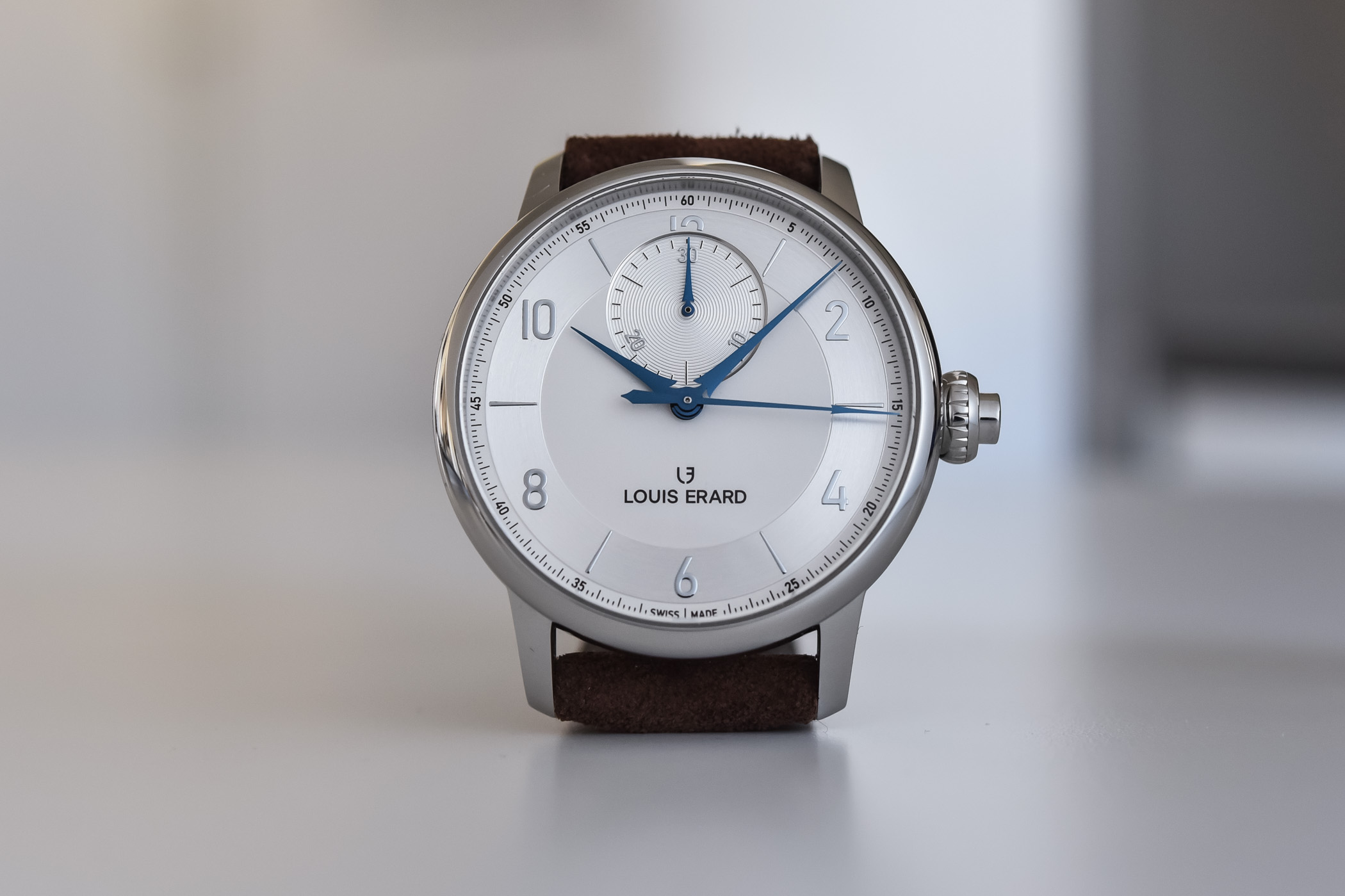
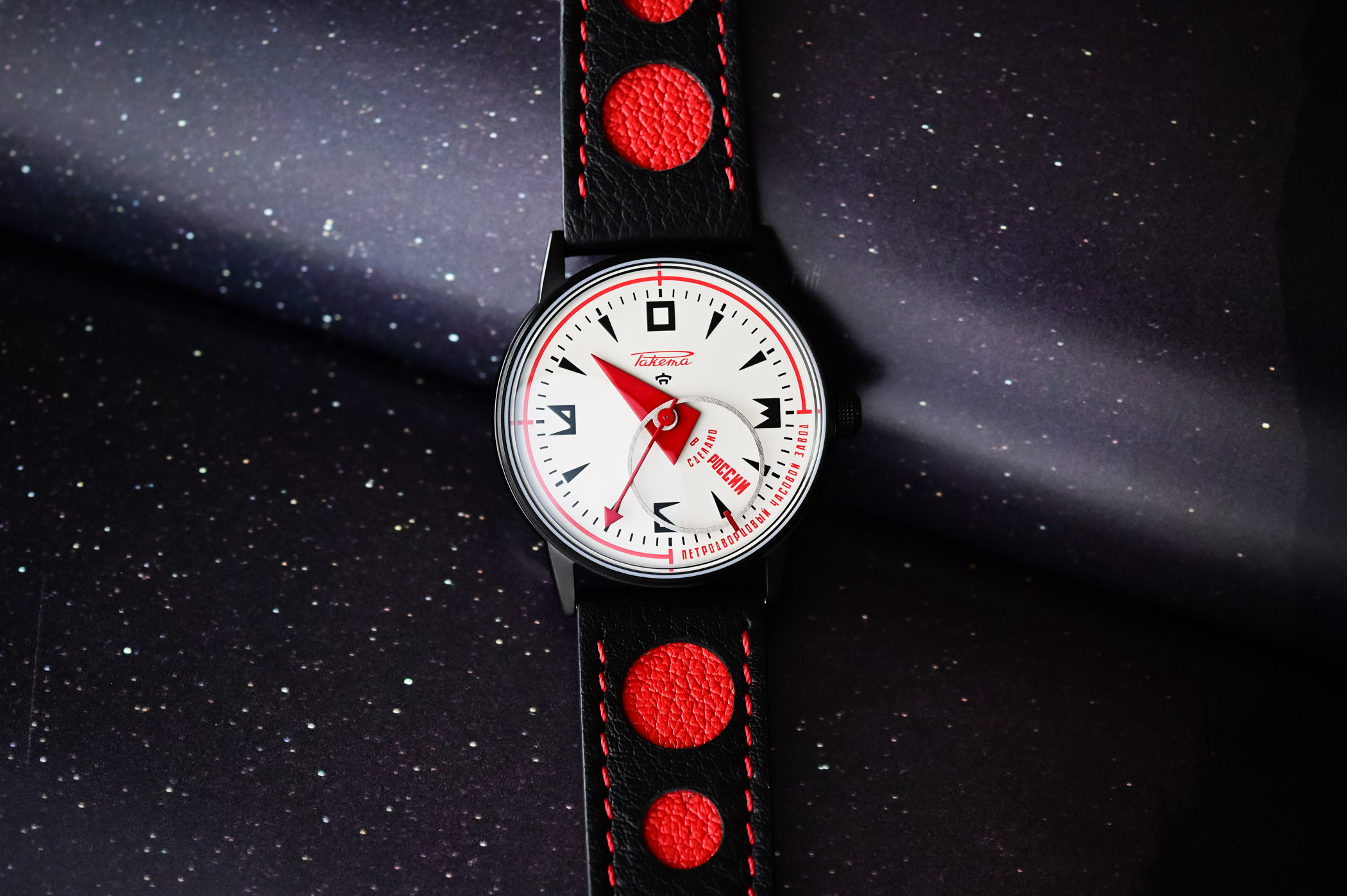
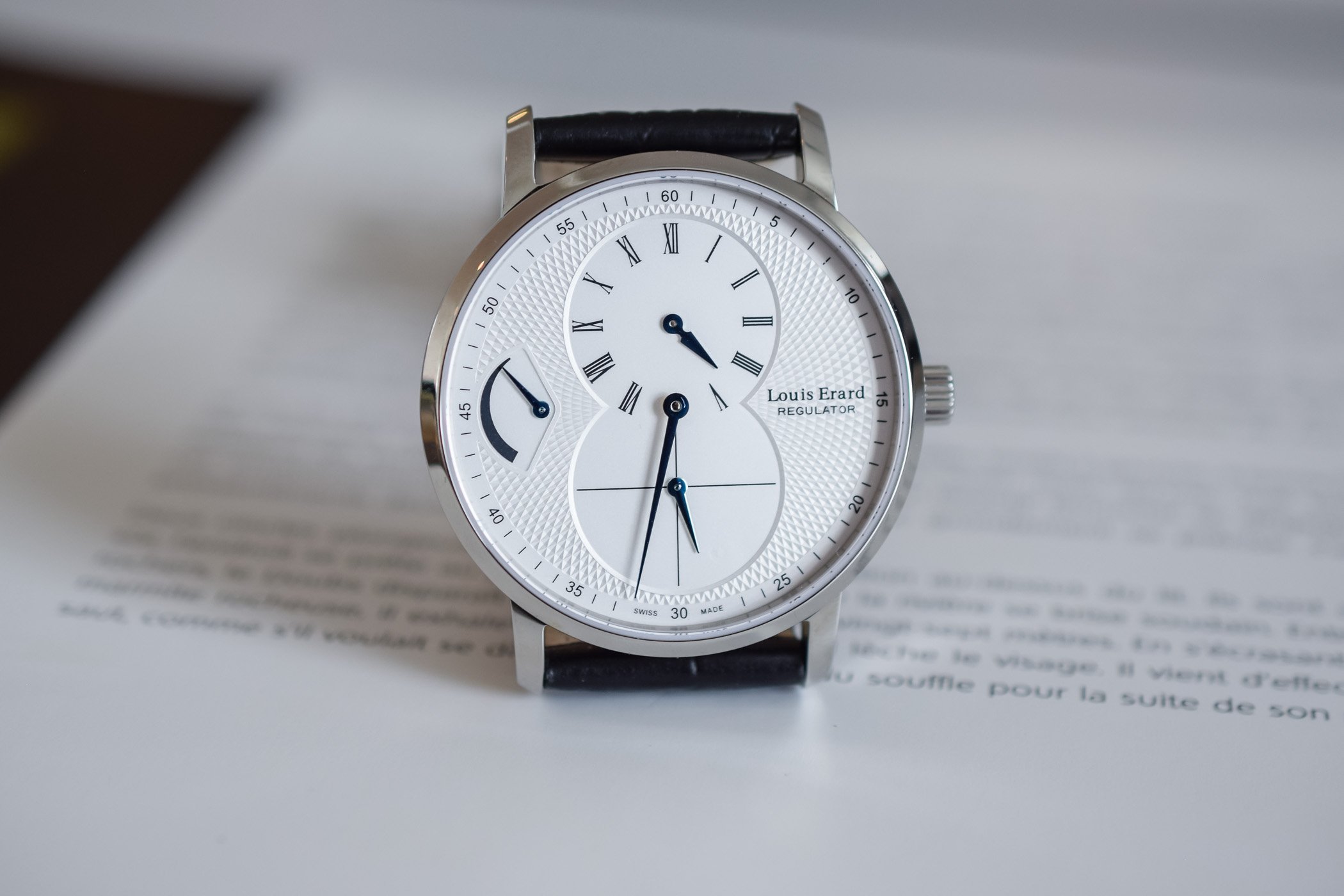
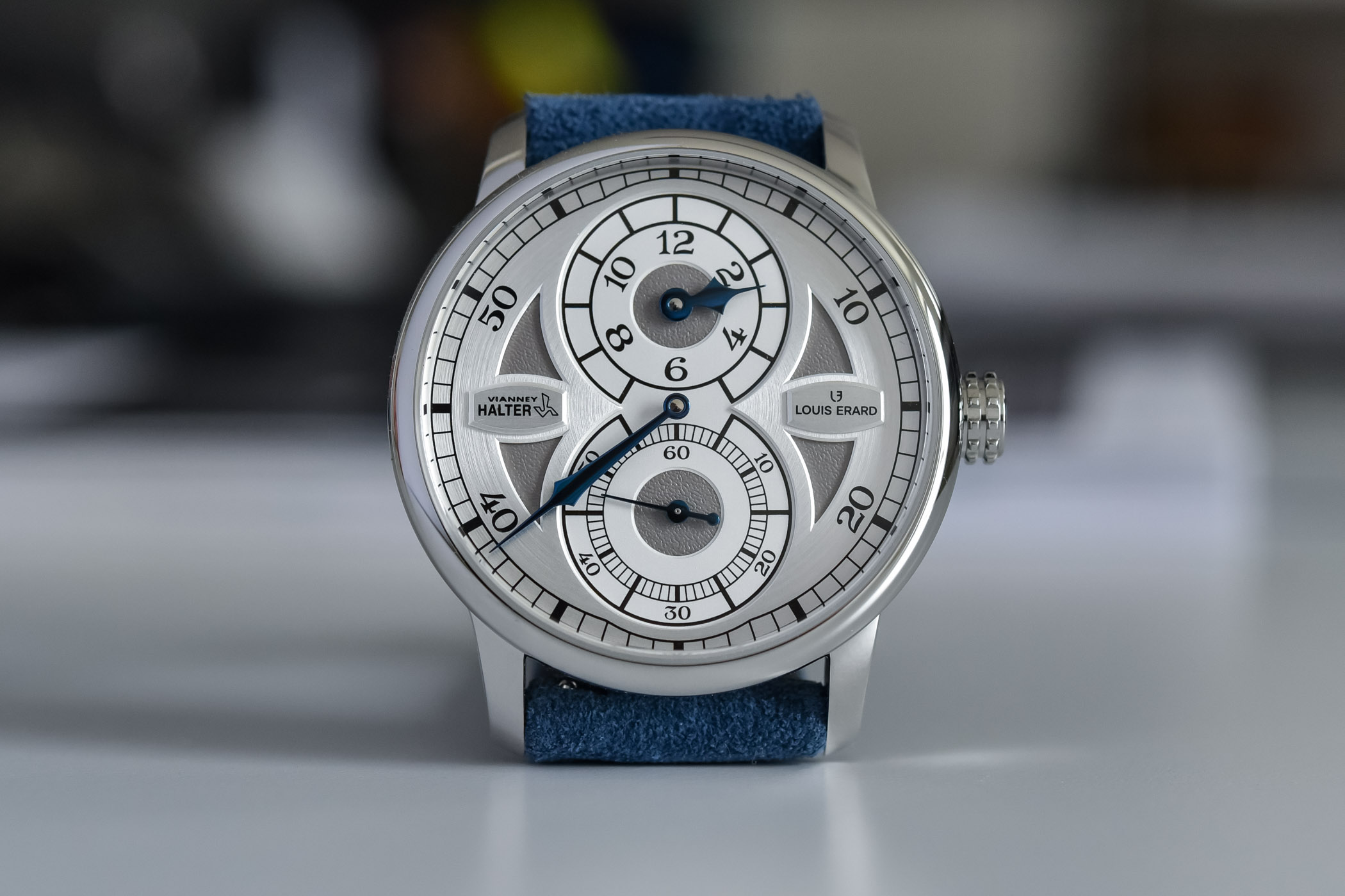
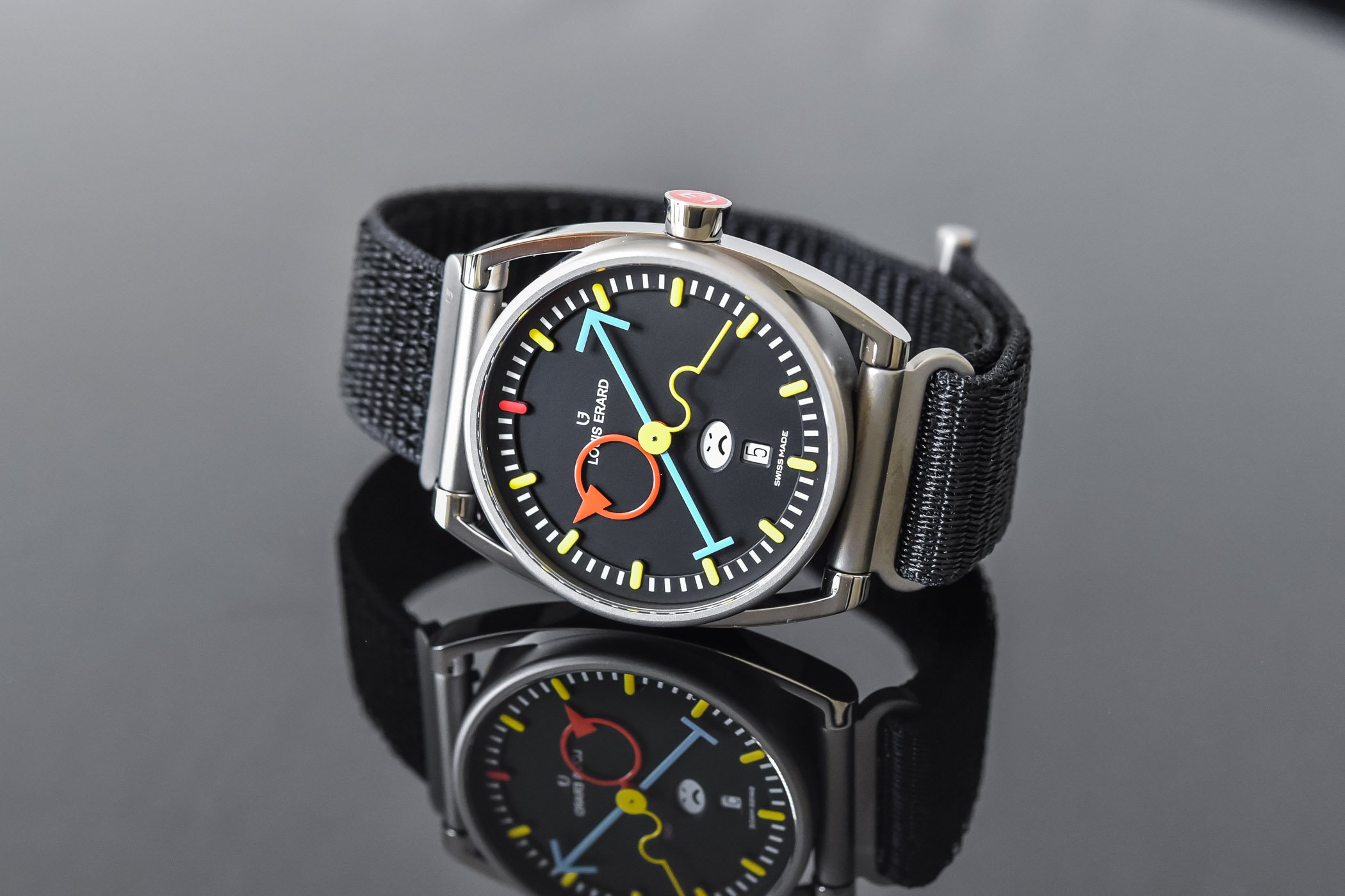

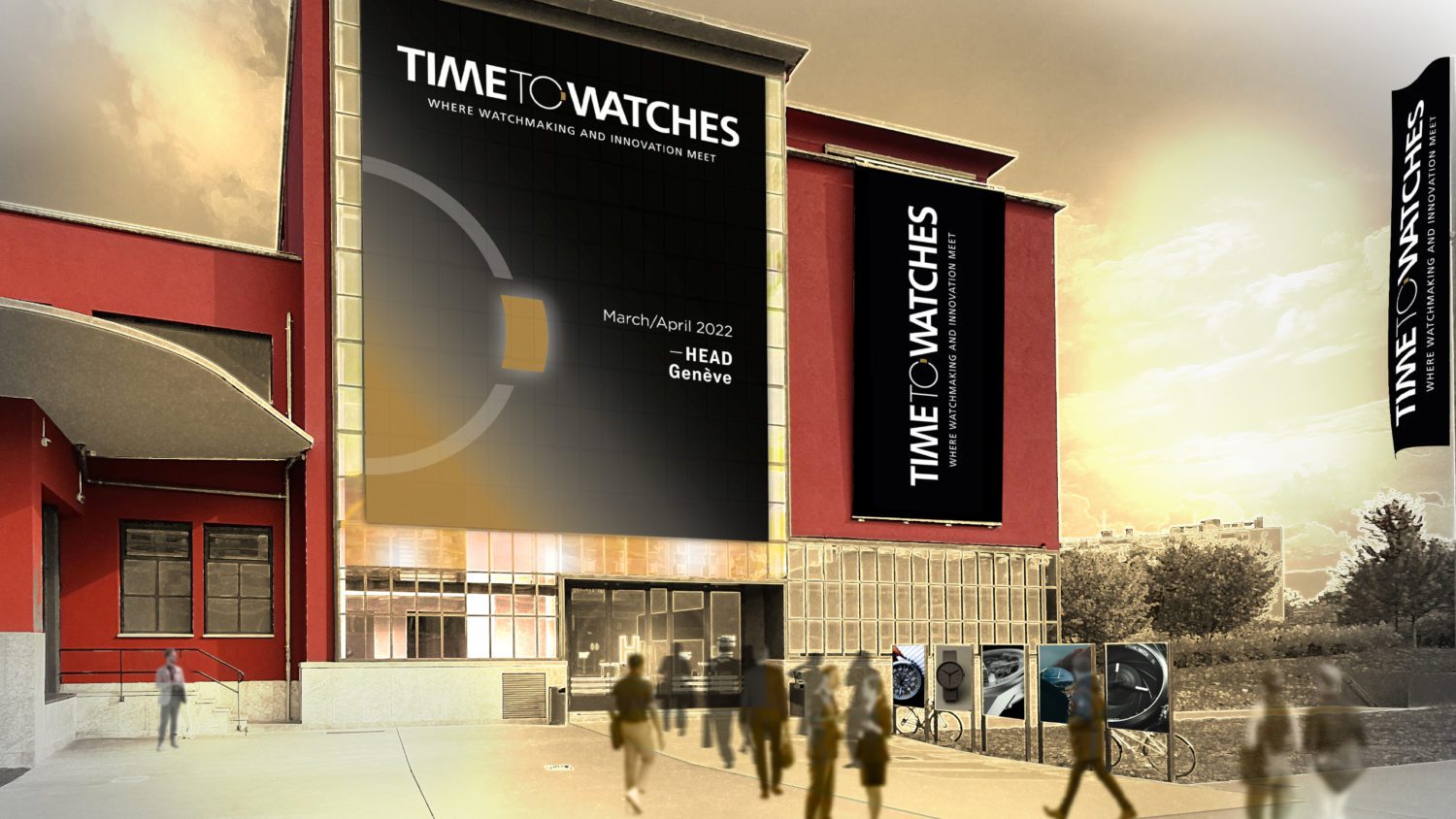



2 responses
An EXCELLENT and Wonderful report. Bravo for sharing Raketa watches, I have one and in love with it. I bought it in 1994, on my first trip to Russia.
Why does someone get promoted to CEO at age 30?